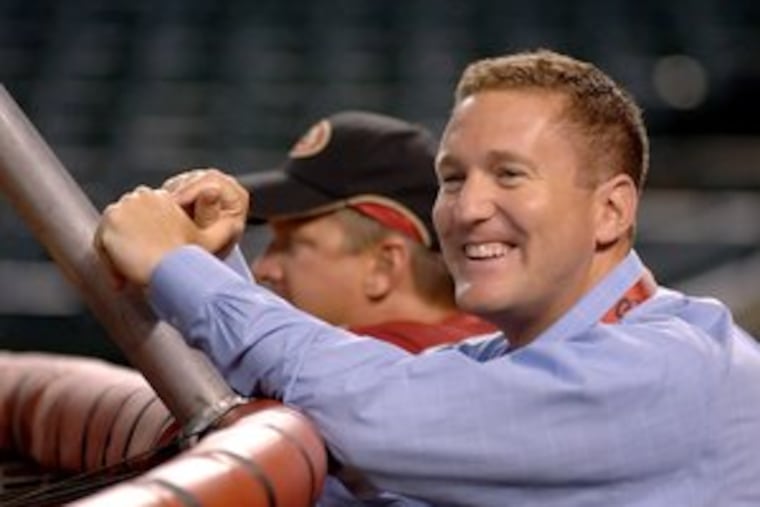How the Haverford College baseball team became a pipeline to Major League Baseball
Only one Haverford player has appeared in a major-league game. But former players can be found as agents and in MLB front offices across the country as some of the game's biggest movers and shakers.
